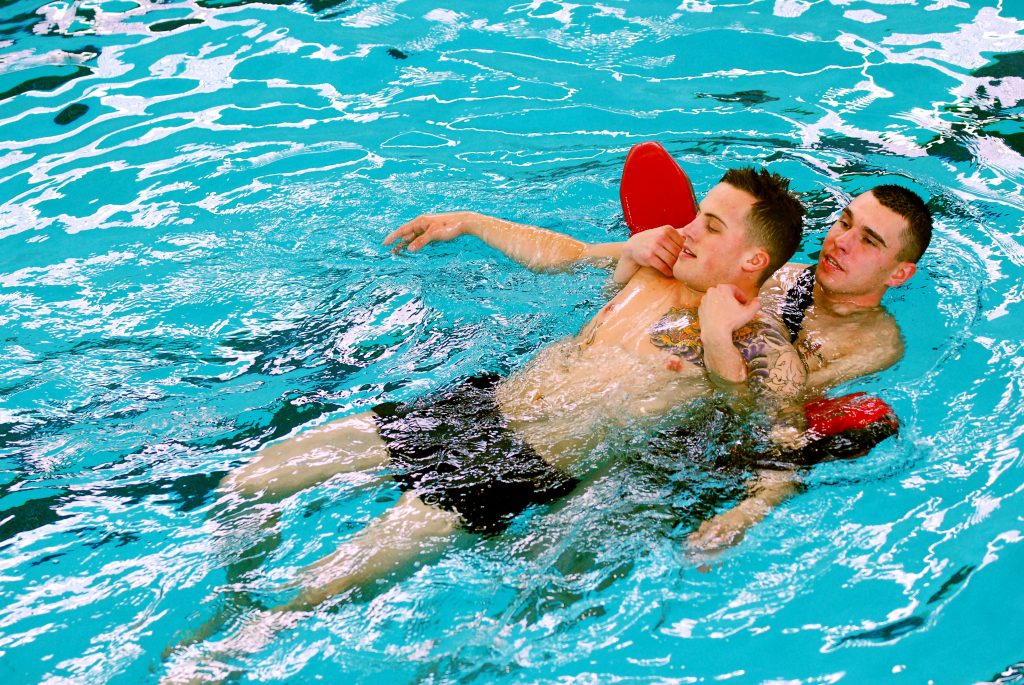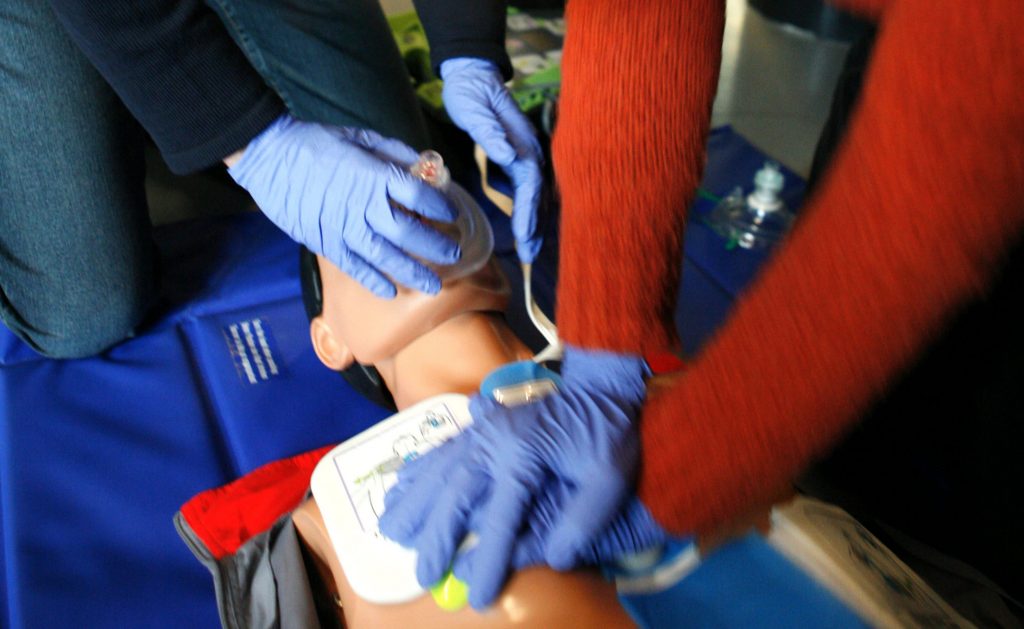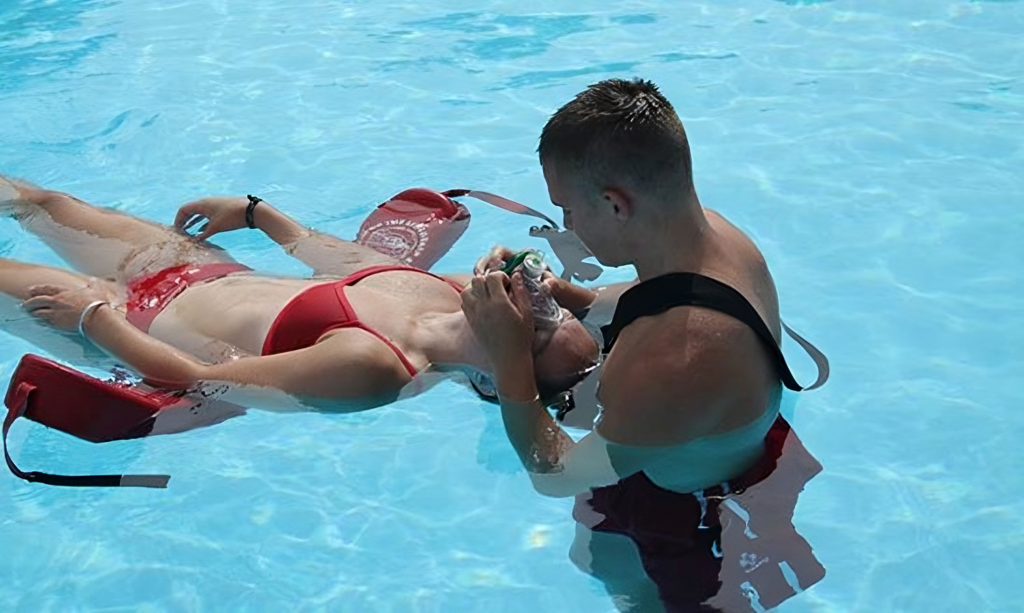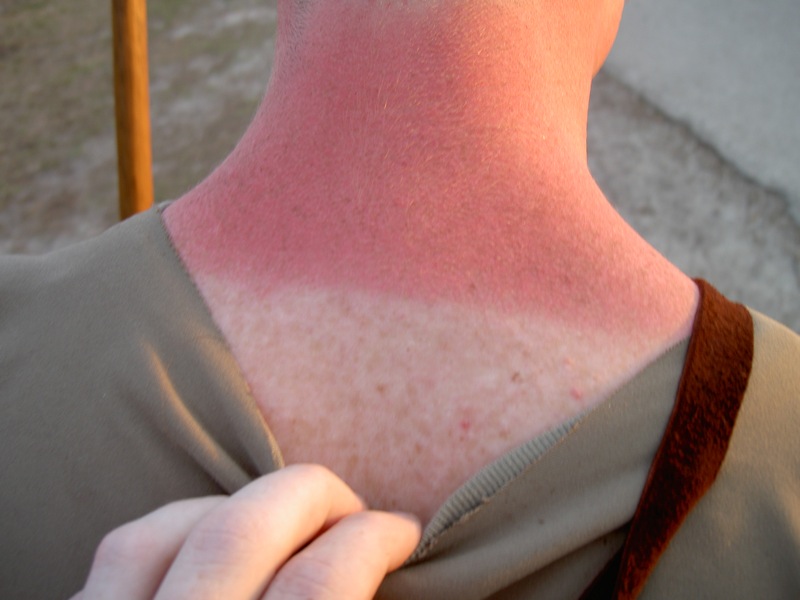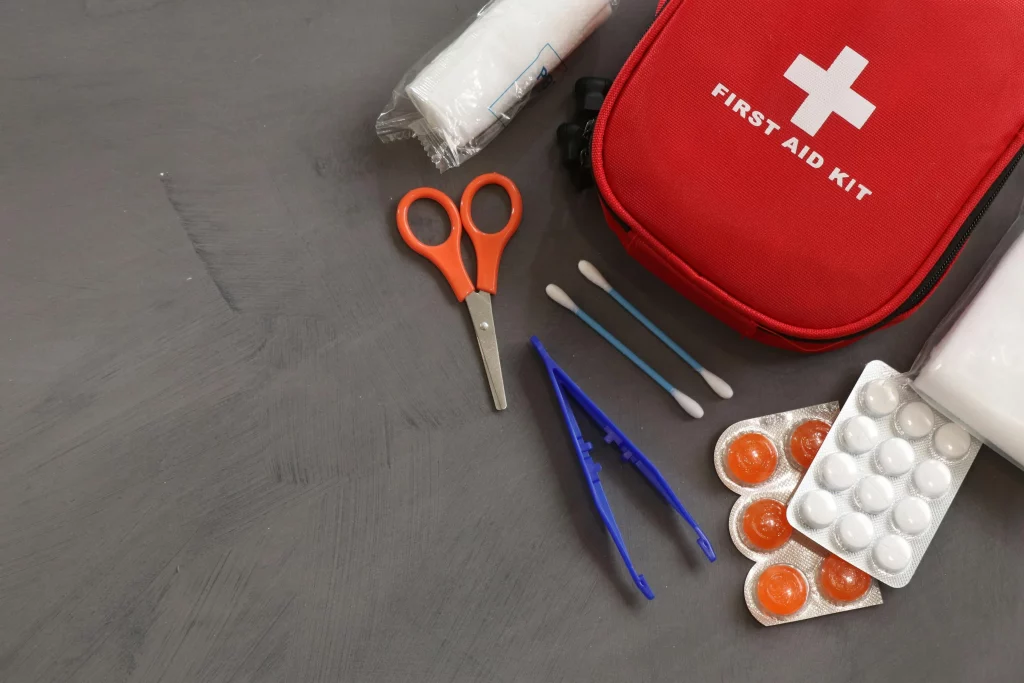Whether you’re running a public pool, managing a hotel facility, or simply interested in safe swimming practices, it’s important to know who’s responsible for regulating swimming pools in the United States. Pool safety goes far beyond clean water and lifeguards—it involves a network of regulatory bodies working together to ensure health, safety, and compliance.
Let’s dive into the key organizations and codes that shape how swimming pools are operated and maintained.
1. OSHA (Occupational Safety and Health Administration)
Focus: Worker Safety
While OSHA doesn’t directly regulate water quality or swimmer safety, it plays a crucial role in protecting the workers who maintain and operate swimming pools—such as pool technicians, maintenance staff, and lifeguards.
OSHA’s role includes:
- Regulating chemical storage and handling (e.g., chlorine and muriatic acid)
- Requiring proper ventilation for indoor pool chemical rooms
- Ensuring that Personal Protective Equipment (PPE) is used correctly
- Mandating training for workers on handling hazardous materials
Example: An improperly ventilated chlorine storage room could lead to a chemical spill or gas exposure—OSHA ensures such risks are minimized.
2. Local and State Health Departments
Focus: Public Health & Water Safety
Most public swimming pools are regulated by state and local health departments. These agencies set and enforce rules concerning:
- Water chemistry (chlorine, pH, alkalinity, etc.)
- Sanitation and disinfection procedures
- Filtration systems and turnover rates
- Pool inspections and operational permits
Health departments often perform routine inspections, issue violations or closures for unsafe conditions, and enforce illness-prevention measures such as response protocols for fecal incidents.
Regulations vary by state, but all are designed to prevent disease outbreaks and injuries.
3. The Model Aquatic Health Code (MAHC)
Focus: Voluntary National Guidance
The Model Aquatic Health Code (MAHC) is a set of guidelines and best practices for the operation and maintenance of swimming pools, spas, and other aquatic facilities. It is developed and maintained by the Center for Disease Control and Prevention (CDC) in partnership with the National Swimming Pool Foundation (NSPF) and other organizations. The MAHC covers a wide range of topics.
The MAHC is intended to serve as a model for states, localities and other organizations to develop and implement their own aquatic health codes, and is updated periodically.As it is written, the MAHC is not practical to follow every guideline (suggestion) in the code. However, it is full of good information and aquatics managers can find helpful information on how to improve the operation of their facility.
4. Other Relevant Entities
While OSHA, health departments, and the MAHC are the primary regulatory forces, there are other organizations and standards that influence pool safety:
- NSPF/CMAHC: Offer certifications and promote the MAHC
- ANSI/APSP Standards: Provide construction and design guidelines
- ADA (Americans with Disabilities Act): Regulates pool accessibility
- EPA: Oversees certain environmental aspects, such as water discharge
Final Thoughts
Swimming pool regulation is a patchwork of federal guidance, state laws, and local enforcement—supported by voluntary best practices like the MAHC. Whether you’re a facility manager, health inspector, or concerned parent, understanding these layers of oversight can help ensure a safer swim for everyone.
Looking to improve your facility’s compliance? Start by checking with your local health department, reviewing OSHA safety standards.


